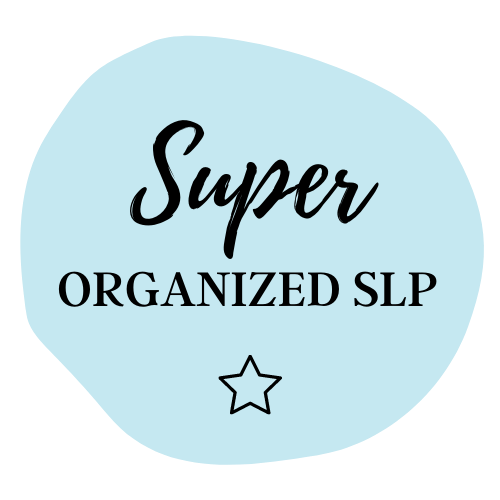
Module 3, Lesson 3: Creating a lesson plan
It’s time to get lesson planning! This may be the single most helpful organizational strategy that you use all year. Lesson planning allows you to stop searching for last-minute ideas and instead concentrate on your students.
1. Frequency. Before you begin, you need to answer a few questions about frequency. How often are you going to lesson plan? I do it by the month, but there are advantages to going with 2-3 months as well. How many lessons are you going to plan for each lesson plan? My rule of thumb is to have one lesson ready for every session. Since I see kids up to 8 times per month, I like to have 8 different activities ready to go. However, it is just as useful to choose 4 activities and repeat some of them for extra practice on a skill.
2. Write it down. Now it is time to open a Google Doc or other document to begin your plan. Title the document with the month and theme. Then list out the different levels that you are planning for (for example, “Language level 1, Articulation level 2, etc.”).
3. Start planning. Use your lesson plan categories here. Create a one-month plan using your categorized Pinterest boards, Google Folders, and physical materials (as well as anything else you find on Pinterest, Teachers Pay Teachers). For a one-month plan, I recommend 4-8 activities. It is better to be over-prepared than under-prepared. Don’t forget to consider crafts and games!
Remember that these lesson plans do not need to be extremely specific. They are your guidelines. Choose activities that will adapt well, even to mixed groups. And, like any good SLP, you will need to be flexible when it is time to use these lesson plans and adapt them according to the needs of your students.
You can access all of my free lesson plans here to guide your lesson-planning endeavors.
To make lesson planning easier and faster, use the same materials for multiple groups! There are crafts, books, and other materials that will work well with a variety of levels. Also, choose lessons that will take two or more sessions to complete (pre-test, do, post-test). Then you only have to plan half the number of lessons. Score! Another great tip is to decide on a pattern or rhythm for your month. For example, always do the same type of activity in the first week of the month, the second week, etc. There is much less to think about and sort through when you pattern your lesson plans.
4. Print. Print your plans and place them in the appropriately leveled speech folders for each group.
Homework
- Decide on planning frequency
- Create and label your Google Doc.
- Plan 4-8 activities per level.
- Print and place into group folders.
Link to ROADMAP for all lessons.